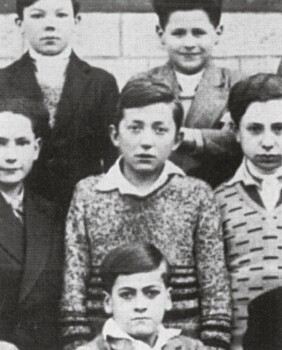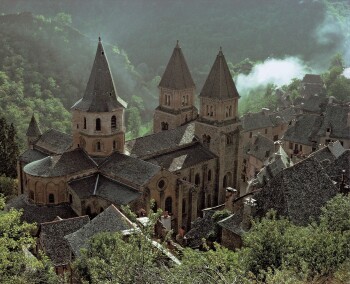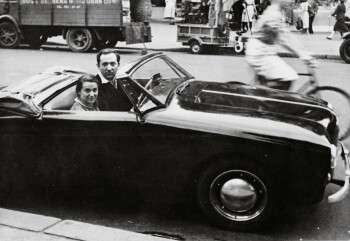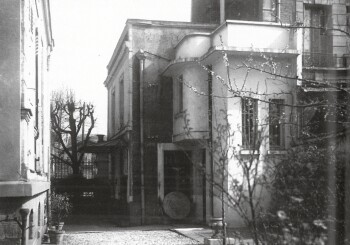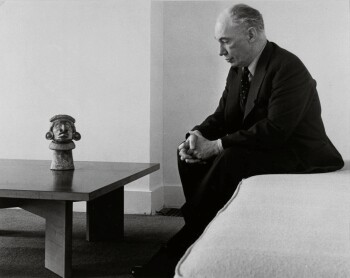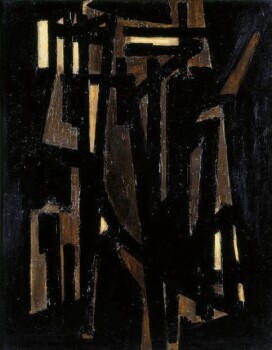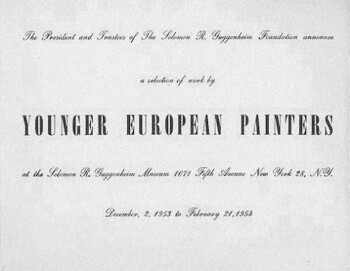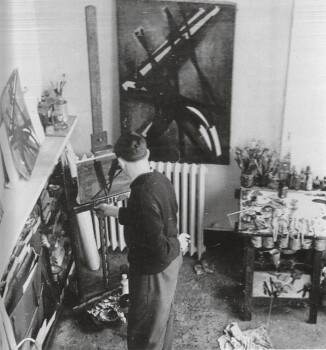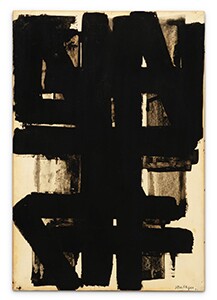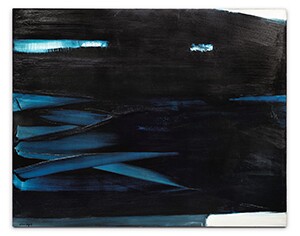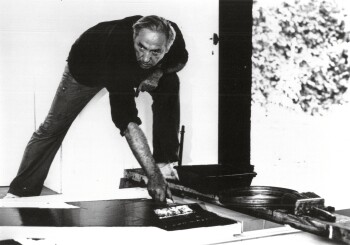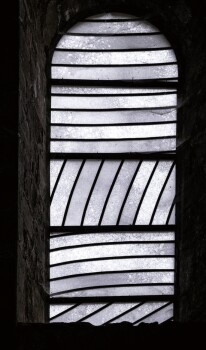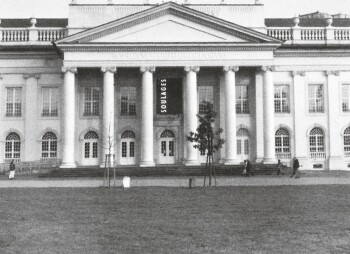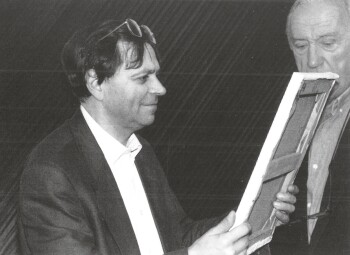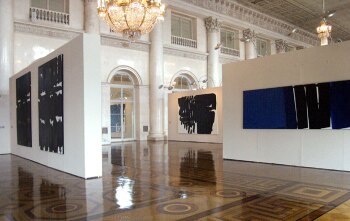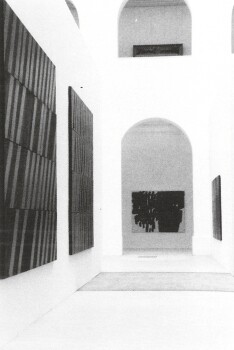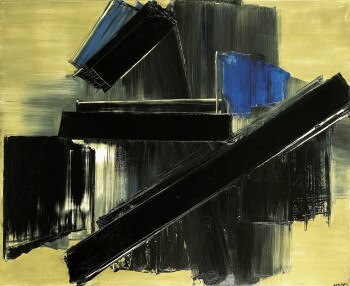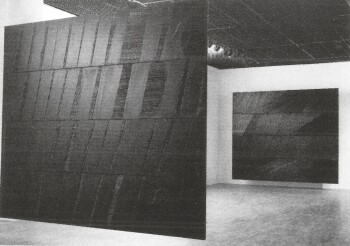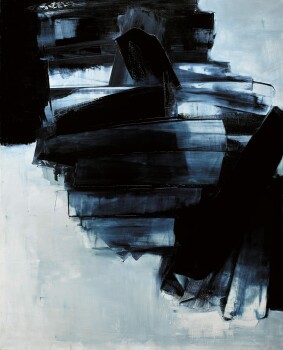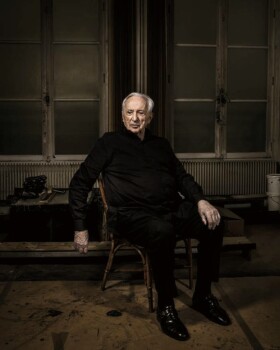
I t is rare to encounter such a comprehensive collection as the one assembled by Fernand Rambaud around the masters of the School of Paris. This collection invites us to discover the finest works of this period, with paintings by Pierre Soulages, Zao Wou-Ki, Hans Hartung and Joan Mirò. The group of works pays tribute to the taste of a man who was passionate, free and confident in his aesthetic choices.
Fernand Rambaud (1926-2017) assembled a collection in his own image: selective and eclectic. Initially a collector of African art, he eventually turned his attention to post-war art, gathering a group of remarkable works over a period of twenty years.
From the 1990s onwards, he devoted himself to his contemporary art collection, staying faithful to his first loves: Pierre Soulages, Zao Wou-Ki and Joan Mirò, as well as supporting younger less-established artists. Accompanied throughout his journey by his wife, Fernand Rambaud never tired of acquiring exceptional works, informed by his exacting intuition, mainly from Parisian galleries. His entrepreneurial nature and open-mindedness allowed him to build up a major collection of post-war art over the course of twenty years.
Auction Highlights
Tour the Exhibition


“In my painting, dominated by [black] from my childhood up to now, I can objectively distinguish three ways of black, three different fields of action: Black on the ground, a stronger contrast than that with any other colour to illuminate the light parts of the ground; [Black associated with] colours, first hidden by the black, then in places seeping out from the canvas, exalted by the surrounding black; The textural black (with or without a sense of direction, energising the surface or not): the material is a matrix with changing reflections.”

“Zitterlein seems more ferocious [than Ville engloutie], but less melancholic: subtle shades of saffron yellow, oranges and carmine red rub against blacks and peaks of ultramarine blue, creating a majestic saraband. It is chaotic only in appearance. This painting seems to announce a new beginning rather than the collapse of a world. By opting for abstraction, Zao Wou-Ki has left the world of resemblance. Thus, he discovered the shores of infinitely more vast and richer worlds - those of feeling, space, sensation, all equally real to him. His works have since, on occasion, sparked surprising interpretations. Zao Wou-Ki did not wish to explain his works. "What matters is only the painting," he wrote in his Self-Portrait. Zitterlein and its areas of mystery are a perfect example.”









